Companion Cucumbers: The Best Plants To Grow Together
Title: Companion Cucumbers: The Best Plants to Grow Together
Introduction
Cucumbers are a popular summer vegetable that are relatively easy to grow. However, there are a few things you can do to improve your chances of success, one of which is companion planting. Companion planting is the practice of planting certain plants together for mutual benefit. Some plants, when grown together, can help to attract beneficial insects, repel pests, or improve the soil quality.
In this blog post, we will discuss some of the best companion plants for cucumbers. We will also provide some tips on how to plant and care for these plants together.
Main Content
Here are some of the best companion plants for cucumbers:
- Legumes: Legumes, such as peas, beans, and lentils, are a great companion plant for cucumbers because they help to fix nitrogen in the soil. Nitrogen is an essential nutrient for plant growth, and by fixing nitrogen in the soil, legumes can help to improve the growth and yield of cucumbers.
- Marigolds: Marigolds are another great companion plant for cucumbers. Marigolds have a strong scent that helps to repel pests, such as cucumber beetles and aphids. By planting marigolds near your cucumber plants, you can help to protect them from these harmful pests.

- Nasturtiums: Nasturtiums are another flowering plant that can help to repel pests. They also attract beneficial insects, such as ladybugs and hoverflies, which help to control pests.
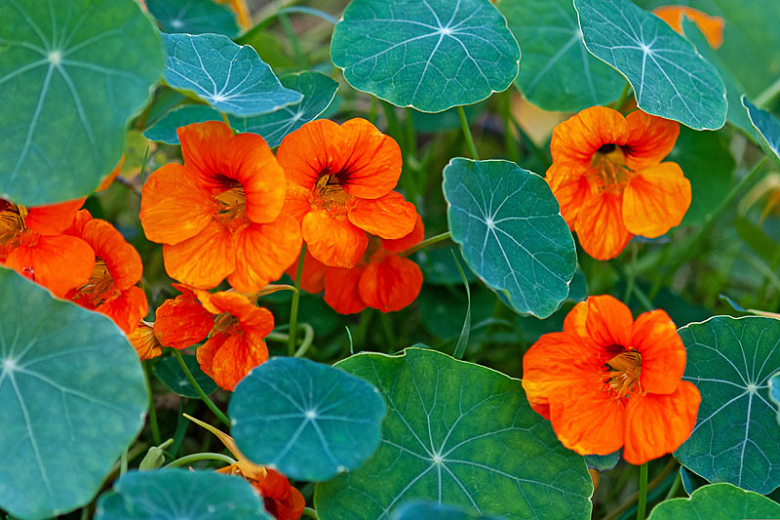
- Corn: Corn can be used as a natural trellis for vining cucumbers. By planting corn near your cucumber plants, you can help to support their growth and save space in your garden.
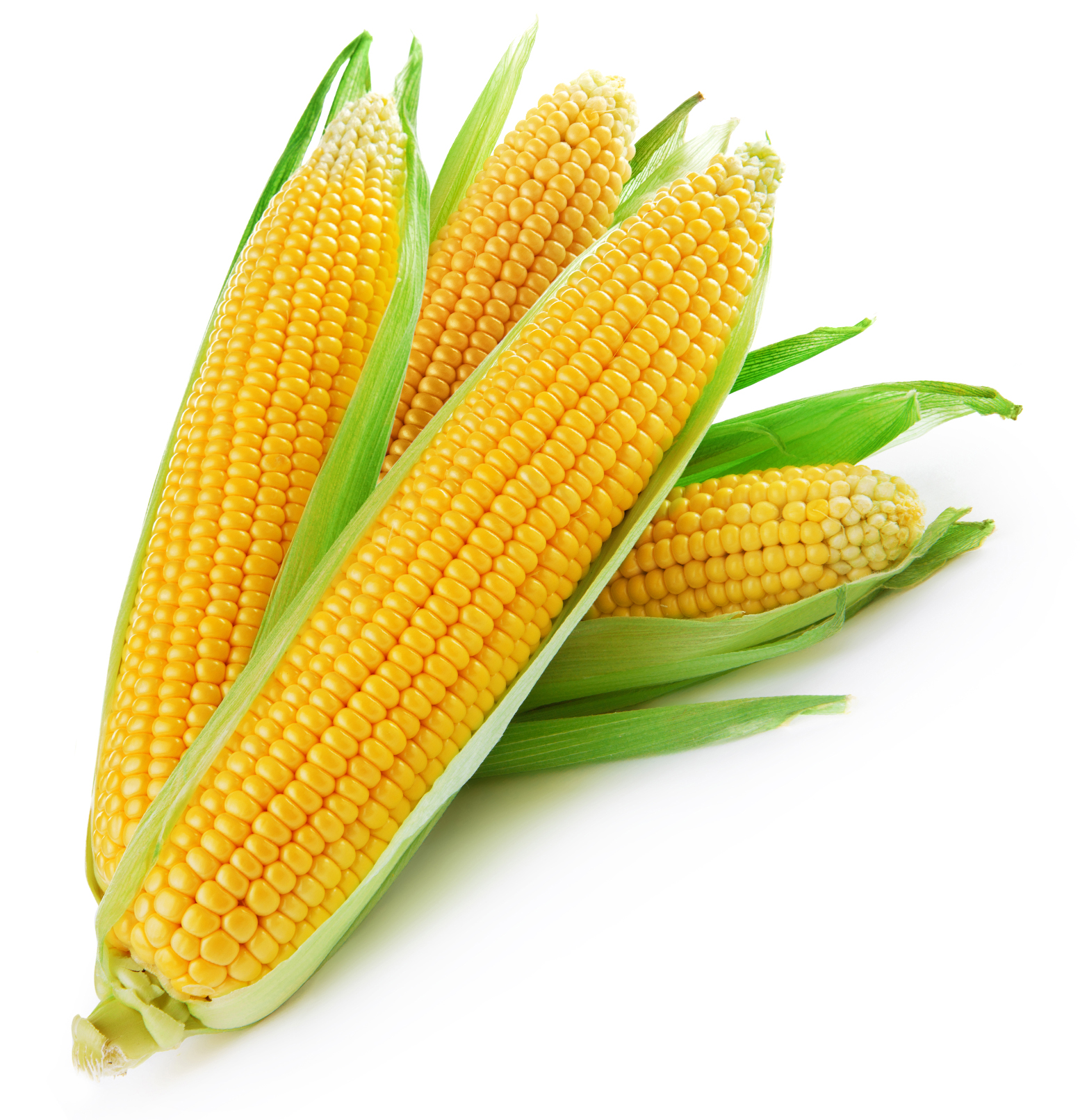
- Sunflowers: Sunflowers are tall, sturdy plants that can provide shade for cucumber plants. They also attract beneficial insects, such as bees and butterflies, which help to pollinate cucumbers.
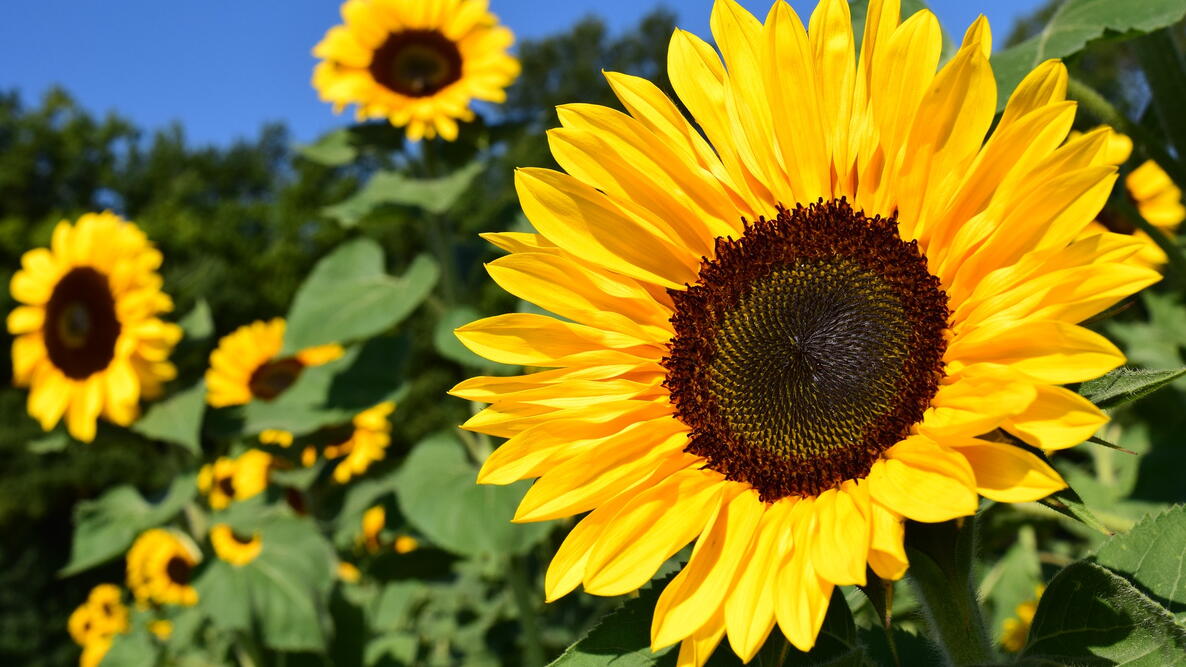
- Radishes: Radishes are a fast-growing root vegetable that can help to suppress weeds. By planting radishes near your cucumber plants, you can help to create a healthy growing environment for your cucumbers and reduce the amount of weeding you need to do.
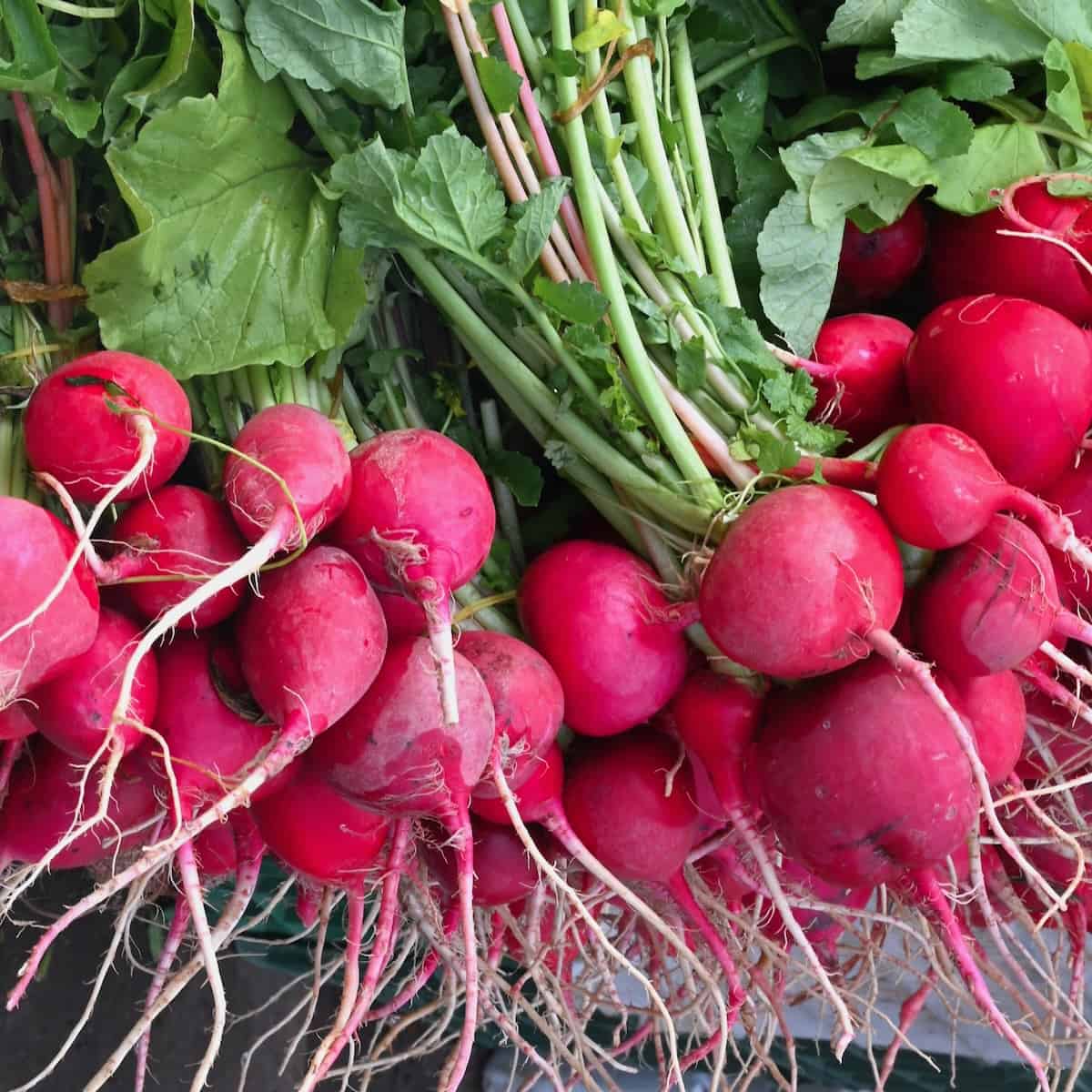
- Carrots: Carrots are another root vegetable that can help to suppress weeds. They also have a deep root system that can help to improve the drainage of the soil. This can be beneficial for cucumbers, which prefer well-drained soil.
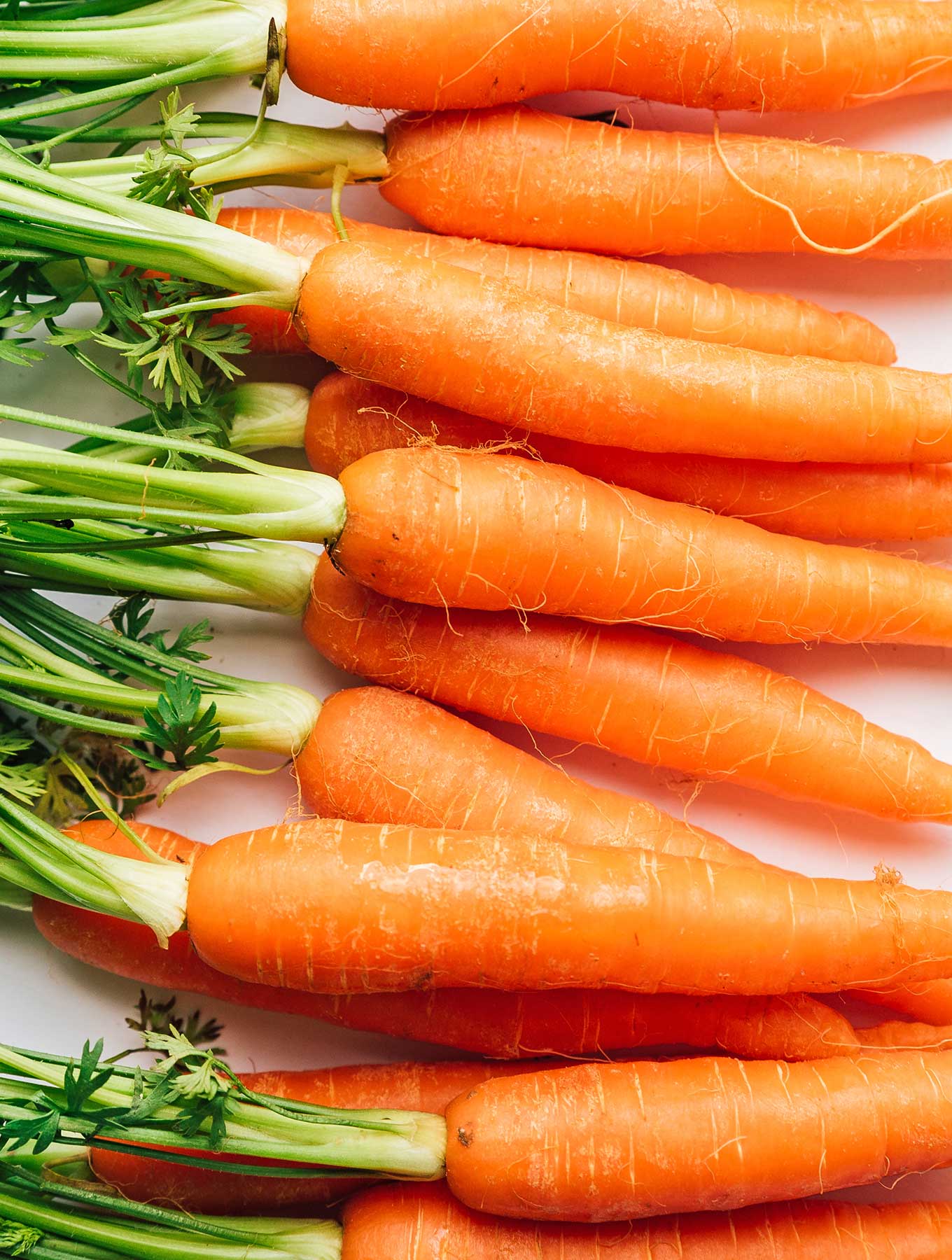
- Onions: Onions have a strong scent that can help to repel pests. They also help to improve the flavor of cucumbers.
In addition to these plants, there are a few others that can be grown with cucumbers. These include:
- Dill: Dill is a fragrant herb that attracts beneficial insects, such as bees and butterflies. It can also help to improve the flavor of cucumbers.

- Borage: Borage is another flowering herb that attracts beneficial insects. It also helps to improve the health of the soil.

- Lettuce: Lettuce is a low-growing vegetable that can help to shade the roots of cucumber plants. It also helps to attract beneficial insects.
When choosing companion plants for cucumbers, it is important to consider the size and growth habit of the plants. Some plants, such as corn and sunflowers, can grow quite tall and may shade smaller plants. Other plants, such as radishes and carrots, have shallow root systems and may compete with cucumbers for water and nutrients.
It is also important to consider the climate in your area. Some plants, such as marigolds and nasturtiums, are more heat-tolerant than others.
By carefully selecting companion plants for cucumbers, you can help to improve your chances of success and enjoy a bountiful harvest.
Conclusion
Companion planting is a great way to improve the health and productivity of your garden. By planting certain plants together, you can help to attract beneficial insects, repel pests, and improve the soil quality.
If you are growing cucumbers, consider planting some of the companion plants listed in this blog post. You may be surprised at how much of a difference they make in your garden.
Cucumbers are a popular vegetable to grow in the garden, but they can be susceptible to pests and diseases. Companion planting is a great way to help protect your cucumbers and improve their yield. Some of the best companion plants for cucumbers include:
- Legumes: Legumes, such as peas and beans, fix nitrogen in the soil, which can help to improve the health of your cucumber plants.
- Corn: Corn can provide a natural trellis for vining cucumbers, which can help to save space in your garden.
- Dill: Dill attracts beneficial insects, such as ladybugs and hoverflies, which can help to control pests that damage cucumbers.
- Marigolds: Marigolds repel cucumber beetles and other pests.
- Nasturtiums: Nasturtiums also repel cucumber beetles and other pests.
- Sunflowers: Sunflowers can provide shade for cucumbers, which can help to protect them from the sun's heat.
For more information about companion planting for cucumbers, visit Home Gardening.
FAQ of companion cucumber
What are companion plants for cucumbers?
Some good companion plants for cucumbers include:
- Carrots: Carrots help to repel cucumber beetles, which are a common pest of cucumbers.
- Lettuce: Lettuce helps to suppress weeds and improve the soil quality around cucumbers.
- Peas: Peas help to fix nitrogen in the soil, which can benefit cucumbers.
- Pole beans: Pole beans help to provide shade for cucumbers, which can help to protect them from pests and diseases.
- Sunflowers: Sunflowers help to attract beneficial insects, which can help to control pests in the cucumber patch.
What plants should not be planted near cucumbers?
Some plants that should not be planted near cucumbers include:
- Melons: Melons and cucumbers are both members of the Cucurbitaceae family, and they can compete for resources.
- Potatoes: Potatoes can harbor the same pests and diseases as cucumbers.
- Tomatoes: Tomatoes can attract the same pests as cucumbers.
- Squash: Squash and cucumbers can compete for resources.
- Eggplant: Eggplant can harbor the same pests and diseases as cucumbers.
How do companion plants benefit cucumbers?
Companion plants can benefit cucumbers in a number of ways, including:
- Reducing pests and diseases: Some companion plants can help to repel pests and diseases that target cucumbers. For example, carrots can help to repel cucumber beetles, and sunflowers can help to attract beneficial insects.
- Improving soil quality: Some companion plants can help to improve the soil quality around cucumbers, making it more nutrient-rich and easier for cucumbers to grow. For example, lettuce can help to suppress weeds and improve the drainage around cucumbers.
- Providing shade: Some companion plants can provide shade for cucumbers, which can help to protect them from pests and diseases. For example, sunflowers can provide shade for cucumbers during the hot summer months.
- Attracting beneficial insects: Some companion plants can attract beneficial insects, which can help to control pests in the cucumber patch. For example, sunflowers can attract ladybugs, which eat aphids.
How to plant companion plants with cucumbers?
When planting companion plants with cucumbers, it is important to consider the size and growth habit of each plant. For example, tall plants like sunflowers should be planted on the north or west side of cucumbers to shade them from the hot afternoon sun. Short plants like lettuce can be planted between cucumber rows to help suppress weeds.
It is also important to plant companion plants that have similar water and nutrient needs as cucumbers. For example, cucumbers need full sun and well-drained soil. Plants that have similar needs can be planted together to conserve resources.
Image of companion cucumber
10 different images of companion cucumber that are free to use:
- Corn: Corn stalks can be used as natural trellises for vining cucumbers, which is a great way to save space and maximize garden efficiency.
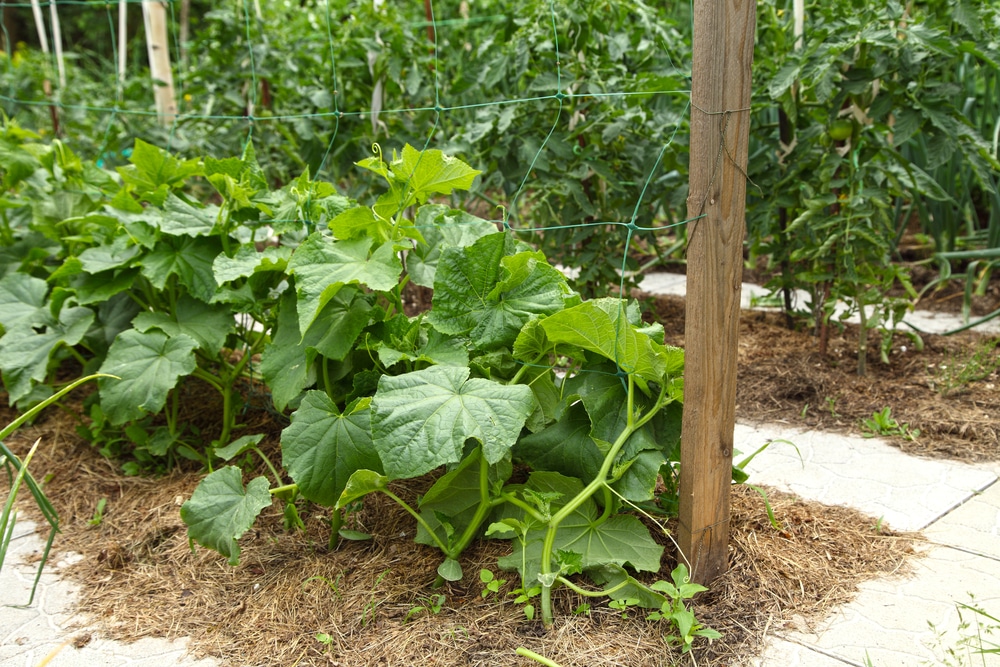
- Dill: Dill attracts beneficial insects that help to control pests, and it also helps to repel cucumber beetles.

- Legumes: Legumes, such as beans and peas, fix nitrogen in the soil, which can benefit cucumbers.
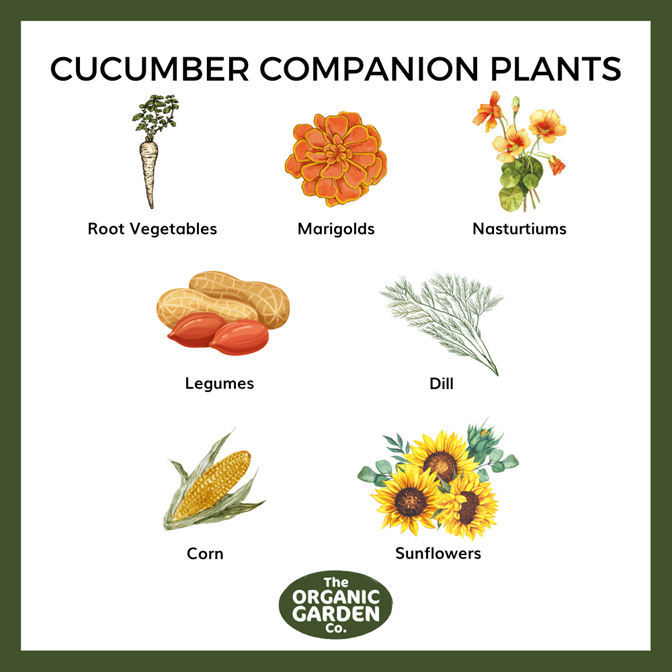
- Marigolds: Marigolds help to repel nematodes, which are pests that can damage cucumber roots.
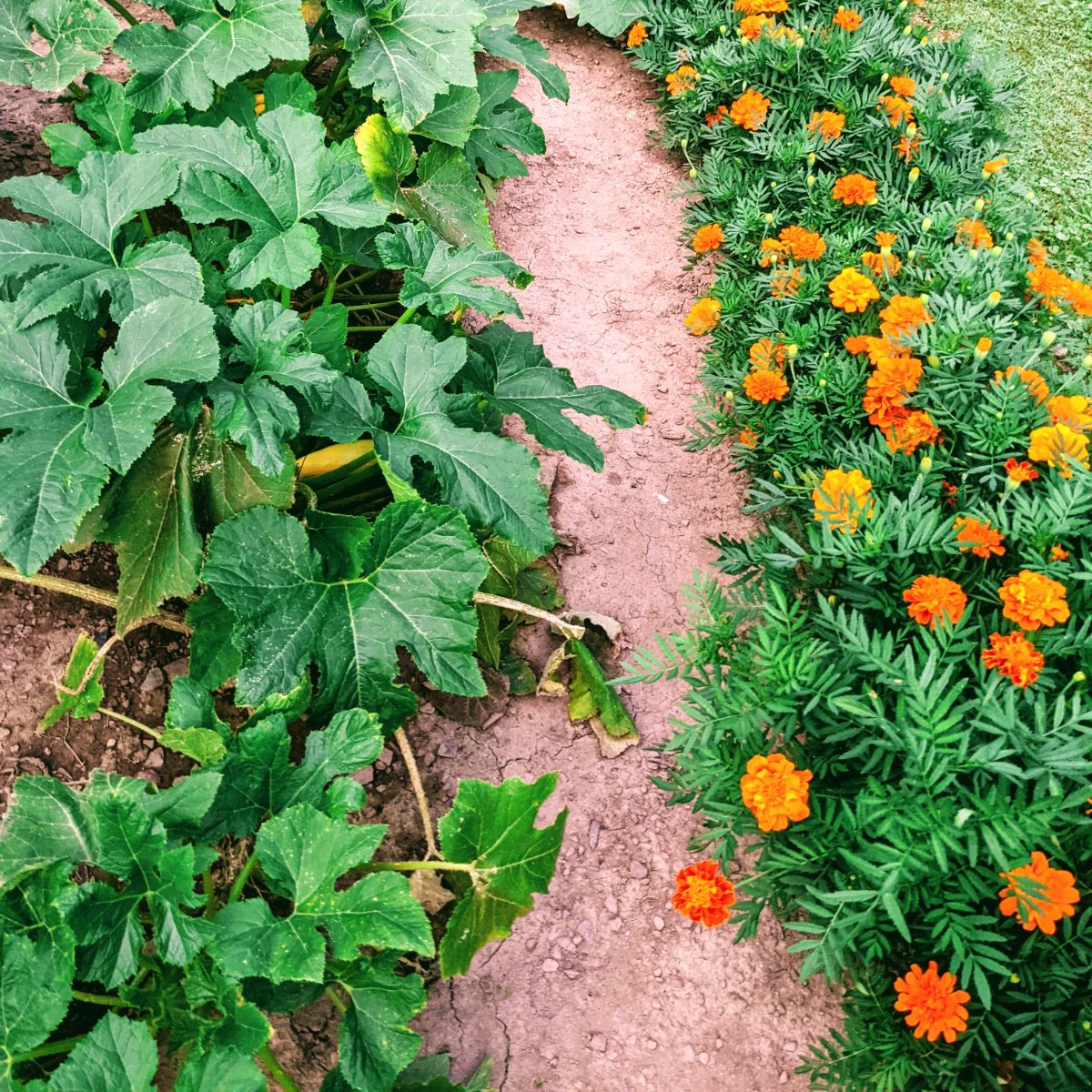
- Nasturtiums: Nasturtiums also help to repel pests, and they can also attract pollinators.
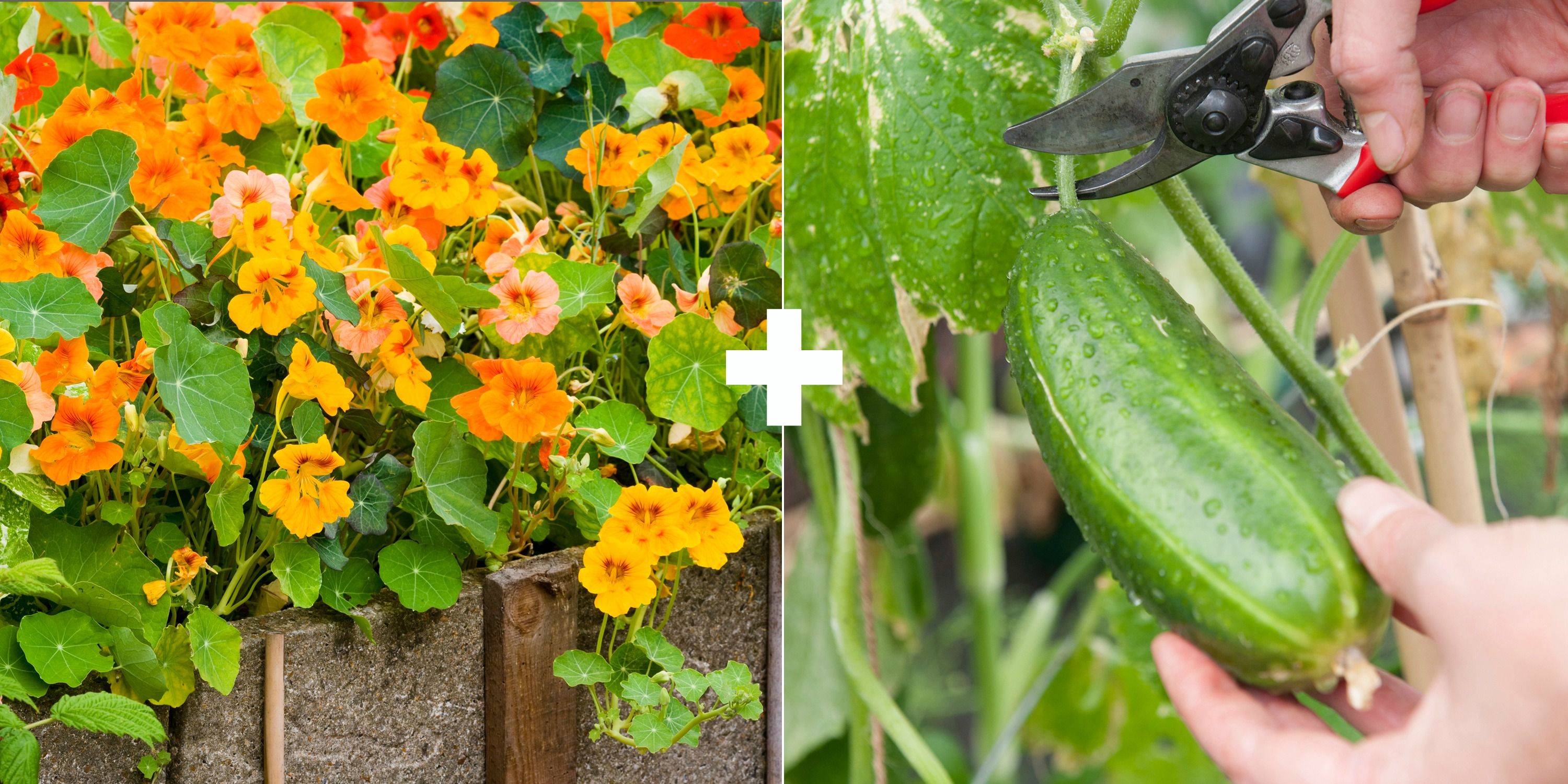
- Root vegetables: Root vegetables, such as carrots, parsnips, and radishes, do not encroach on the territory of cucumbers, and they can also help to improve the drainage of the soil.

- Sunflowers: Sunflowers can help to attract pollinators, and they can also provide shade for cucumbers during hot weather.

- Spinach: Spinach is a cool-season crop that can be planted early in the spring or late in the fall, which can give cucumbers a head start.

- Tomatoes: Tomatoes and cucumbers can be planted together, but they should be spaced at least 2 feet apart to prevent the spread of diseases.
- Herbs: Herbs, such as basil, chives, and mint, can help to deter pests and attract pollinators.


Post a Comment for "Companion Cucumbers: The Best Plants To Grow Together"